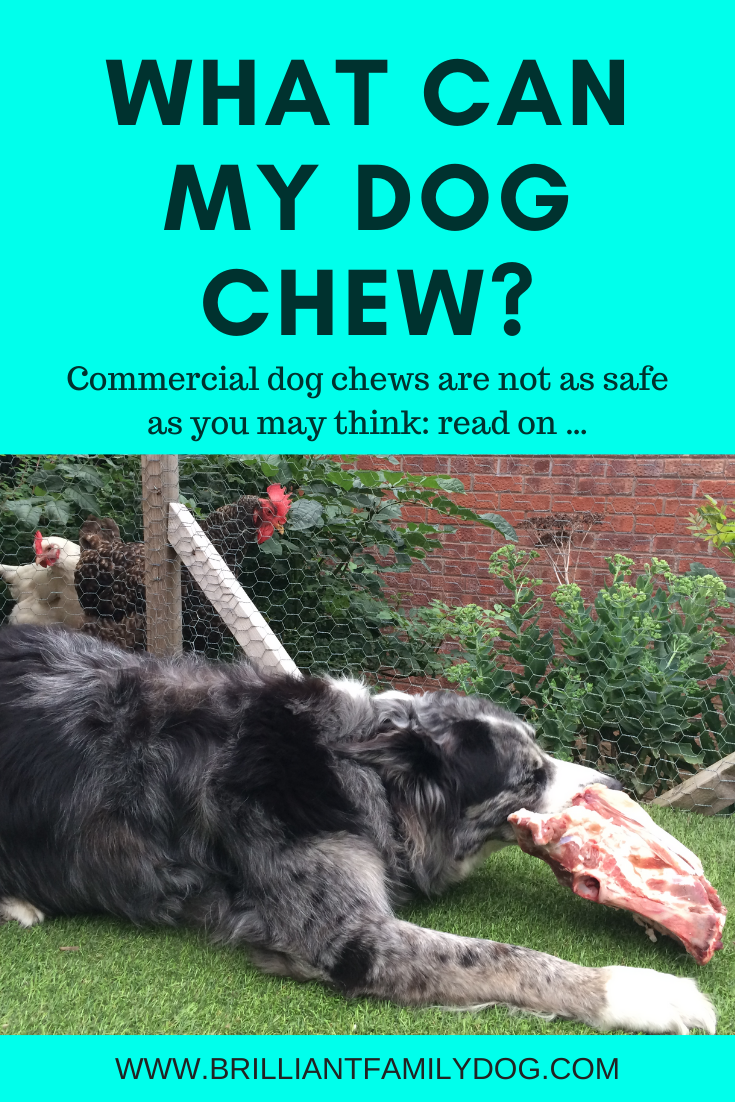First published on positively.com and reprinted with permission
We expect visitors - even quite young children - to leave our food alone. If we put a plate of cakes on the table, we don’t assume that our guest will grab the plate and wolf them all down! We expect them to wait politely till they are offered a cake - and then to take just the one.
We teach children this polite behaviour pretty early on. So why do we expect the opposite from dogs?
Why do we assume that they’ll steal anything that’s not nailed down, then say, “Ah well, it’s only a dog. What can you expect?”
I can tell you that I expect a lot: and what’s more, I get it!
What you expect is what you’ll get
Just think how life will improve when you can leave food on the kitchen counter, cake on the coffee table, shopping bags on the floor … I’ve even known people who have to shut the dog away when they’re eating or he’ll intercept the forkful of food on its way to their mouth!
And what about your favourite pair of shoes gnawed and chomped, the flower beds scattered over the lawn, your expensive phone now defunct? All this hooliganism, mayhem, and destruction can be changed to peace and harmony (cue birdsong).
Children and dogs alike
Plenty of us would struggle to leave this plate of doughnuts alone - but Cricket is managing it very well, without being told. Illustration from "Leave It!"
I once heard a new father say - somewhat wistfully - “I suppose we’ll have to put away anything we value now …”
“Not at all!” said his mother, “You just teach Emily to leave those things alone.”
And that’s exactly what you need to do with your dog: teach him.
He arrives on this planet an opportunist raider, a scavenger. Anything edible is clearly for him. He won’t learn what he can have by being bellowed at when he makes a wrong choice! In fact, this is a sure method for encouraging your puppy to steal.
Why?
Because every time he takes something you don’t want him to have, he gets a guaranteed performance of singing, shouting, squawking, dancing, and the greatest game of the lot - Chase!
Pretty soon you’ve taught your dog exactly how to get excitement and action. Sadly, this is precisely what you do not want.
So you need to embark on a program of explaining to him what he may have - and that will bring him a reward - and what he may not have, which will result in no reward. And here “no reward” includes no singing, shouting, or dancing, and especially no chasing.
Coco poodle is only 16 weeks old in this photo, yet he already knows that food at nose level is not for him. I left my lunch on the stool, saw his response and went to find my phone to take a picture of this happy scene. It was not a set-up, in other words. I hadn’t told him to do or not do anything.
It’s just a snapshot of everyday life in a household of four dogs, none of whom will steal my food. Or anything else I don’t want them to have.
The best way to start this is by just showing your dog that you have good food in your hand, then closing your fingers over it so he can’t snatch it. He’ll now go through a sequence of sniffing, licking, nibbling, pawing, your hand. Stay still! And wait. Eventually he’ll stop for just a moment, and pull back from your hand. Only when he can stay away from your hand do you give him one of your tasty treats.
From this foundation you build up very gradually and consistently, till your dog becomes an expert at this and knows straight away when something is for him, and when it’s not. This will include a dropped box of chocolates, the Sunday roast slipping out of the pan onto the floor, a dropped bottle of pills, the children’s toys, something long-dead in a field. And your shoes.
You can always add a vocal cue, like “Leave it”, later on. And that can be useful in some situations - perhaps when your young dog is curious about something he’s seen on the street but that you know is dangerous. But I like to make this a default behaviour which needs no cue. You don’t need to remind your guest not to pinch the cakes!
By the way, for English readers, here’s a load of money off a super food I regularly use and here’s another where you can get a big discount using this link - they provide high-quality fishy treats and foods, which are firm favourites with my crew!
For those of you who’d like the exact recipe for teaching this, you’ll find step-by-step guidance in Leave it! How to teach Amazing Impulse Control to your Brilliant Family Dog, the second book in the series of Essential Skills for a Brilliant Family Dog. You’ll have a full program which gradually turns your dog into a family member with impeccable manners!
You can choose paperback , ebook or audiobook










